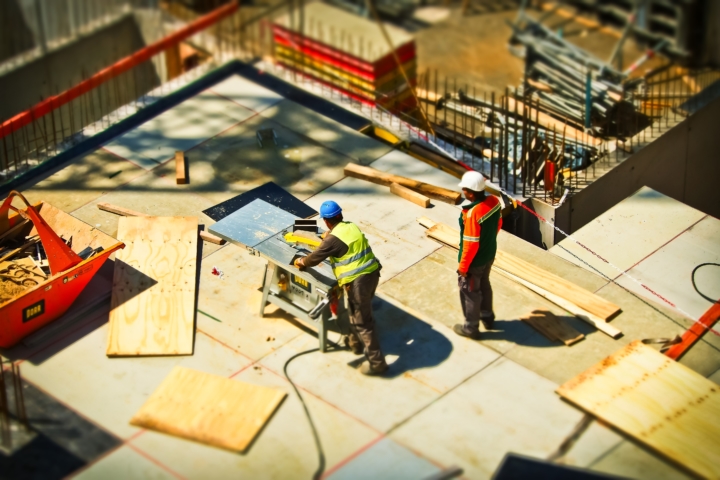Many still dream of living in a house they own, and if you are finally ready to make this dream come true, you will want to do it right.
The process of buying a plot of land is just the beginning. The truth is that building a house is more complex than it sounds.
Also, keeping the costs of building a house under control is one of the hardest things to do because land, materials, and labour prices are increasing.
However, individual home builders (IHBs) can save a lot of money on overall building costs if they do their research and plan ahead.
This blog post looks at six different but related ways to cut construction costs.
Innovative ways for home builders to cut building costs
Choose the Right Plot
First of all, the level of the plot is very important when building a house. Try to choose land that is flat and at the same level as the road.
If the land is uneven, rocky, or much lower in the front than the road level, it could add to the overall cost of the building because you will need more materials or tools to fill and level the land.
Hire a good builder and architect
Hiring a professional architect and builder will cost you money, but it will save you a lot more in the long run.
A good architect can help you make the most of your space while saving money on materials and maintenance costs that will keep coming up.
Most cost overruns are caused by construction delays that don’t need to happen.
So, another simple but helpful way to save money is to hire a professional contractor who sticks to deadlines and gets the job done on time.
One of the easiest ways to find a good architect and contractor is to ask family and friends who have recently built their own homes for recommendations.
They can give you some great tips and tell you about their experiences.
Once you’ve chosen a contractor or architect, the next step is to agree as soon as possible.
Make sure this agreement is clear about everything, like who will get the building materials, how much it will cost, when the project is done and paid for, and what will happen if it still needs to be done on time.
Contractor fees are usually between 8 and 12% of the total cost of building a house.
By running the construction yourself, you’ll save some money, but you will also have to pay subcontractors and supervisors, so you’ll only save half of the amount.
Still, if you have the time to do it yourself, choose a simple house design.
Think about using the newest tech.
The idea of pre-engineered buildings (PEBs) is popular in industrial construction and quickly catches on in residential construction.
PEBs are galvanised tmt steel bars structures made in factories and put together on-site.
Cement and gypsum particle boards are used to make the floor and walls. PEBs not only make building faster, but they also help keep building costs down.
The foundation costs are also less because they are much lighter.
Avoid Last-Minute Changes
During the final inspection or building process, changes can happen at any time.
But it’s best to avoid these as much as possible because they can make building a house much more expensive and even lower the quality of the building as a whole.
Try to save these for mission-critical changes, like emergencies or serious mistakes. Handle minor modifications or upgrades earlier in the building process to reduce the time, money, and supplies they take.
Think about the costs over the whole life cycle
When building a house, you need to consider both the initial costs and the total costs it will have over its life, usually between 30 and 50 years.
With the help of an architect, you can choose materials that are good quality and won’t break the bank. It will save you money on future repairs and replacements.
In the same way, using green building materials like blended cement can help you cut costs and maintenance in the long run.
Buy Smart
One of the best ways to cut construction costs is to buy materials close to home.
This applies to cement, bricks, blocks, doors and windows, tiles, bathroom fixtures, and pipes.
You can also save money by buying materials in bulk, but be careful about how you store them.
Using the right grade of cement can even help you get the most out of the cement you use, save money, and improve the quality of the building.
For example, you can use OPC cement for building things like foundations, columns, and roofs and PPC cement for things like plastering and tiling that aren’t making things.

